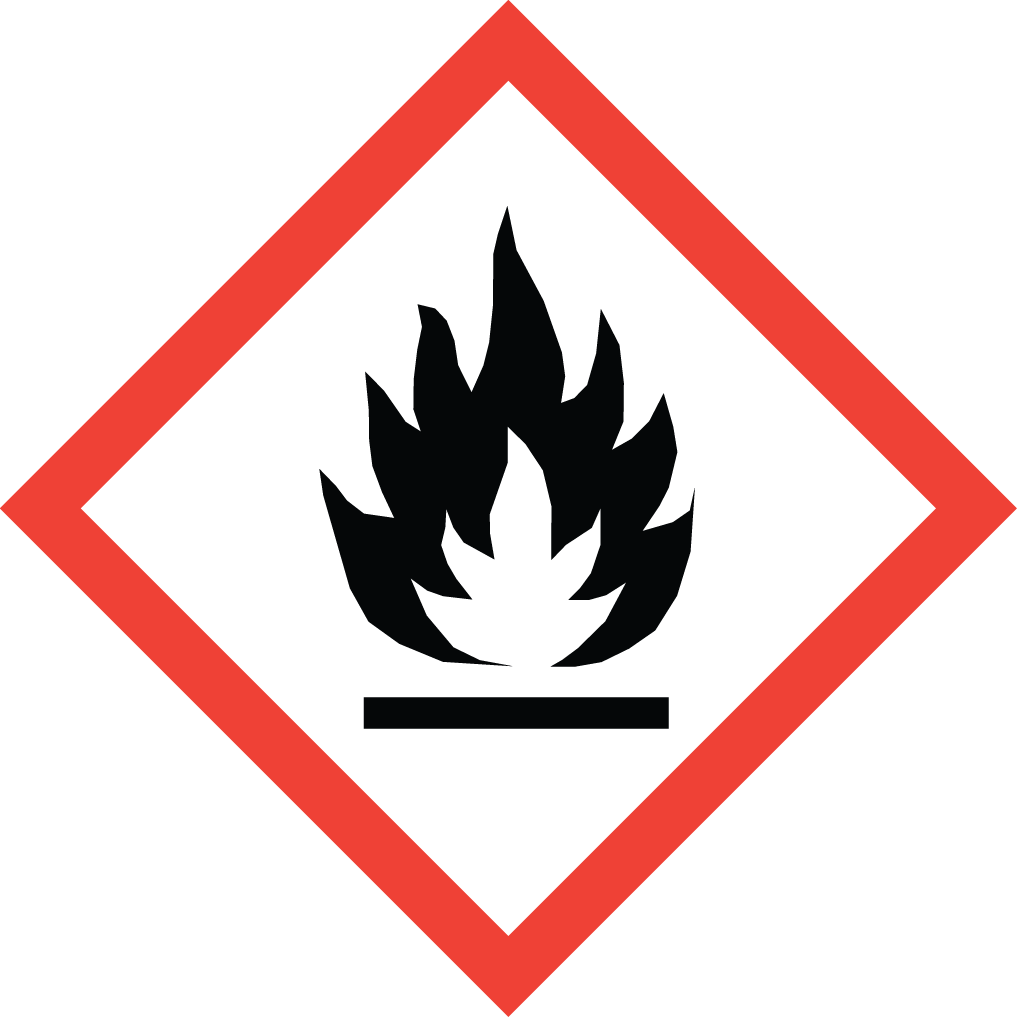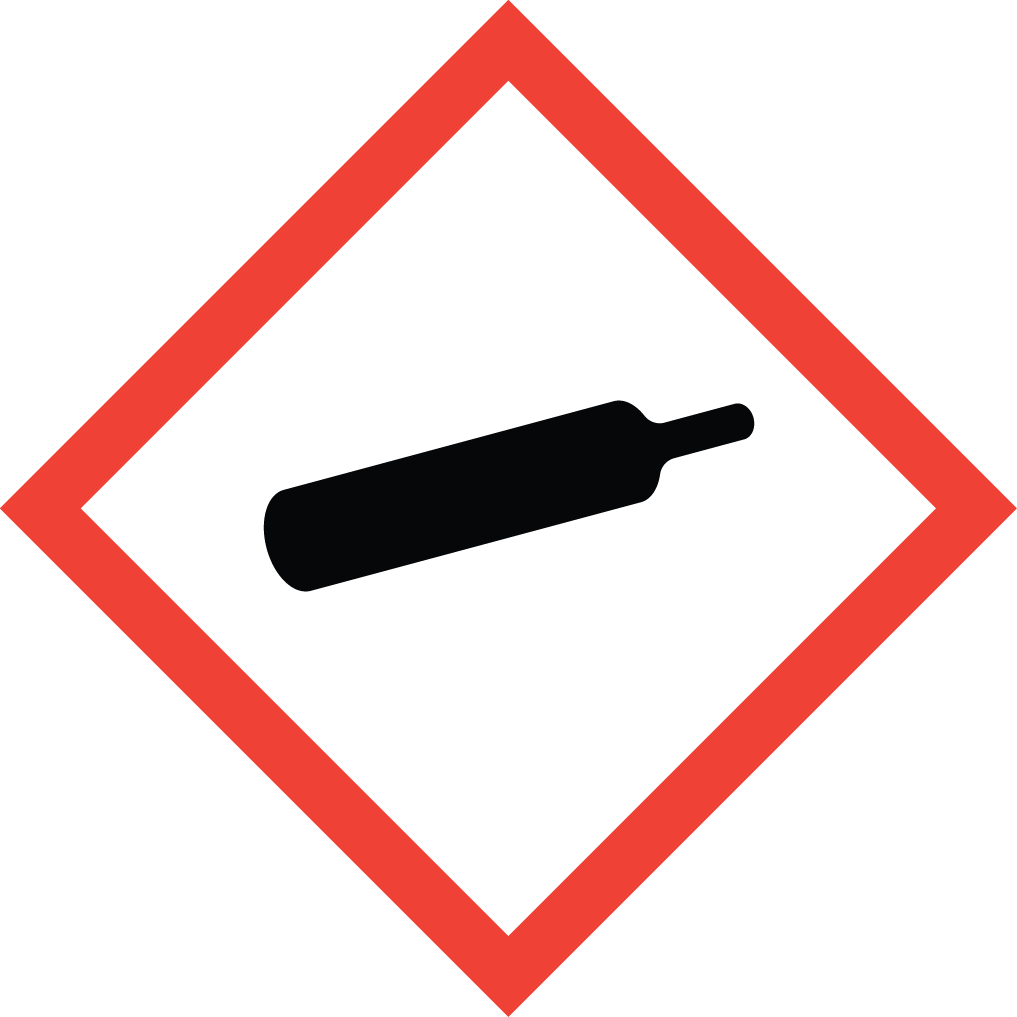Discover Aure Chemical's Premium Cyclobutane Supply
Aure Chemical is a dedicated supplier of Cyclobutane, a unique cyclic hydrocarbon crucial for specialized applications in advanced chemistry. We are committed to delivering high-purity Cyclobutane with reliable quality and a secure supply chain to meet the precise demands of your research and industrial processes.
Basic Information of Cyclobutane
Cyclobutane (CAS No. 287-23-0) is a colorless, highly flammable gas at room temperature and pressure, which readily condenses to a liquid below its boiling point of approximately 12.5°C. Its four-membered ring structure gives it distinctive chemical properties, leading to its niche but essential roles in cutting-edge synthesis and analysis.
| CAS No.: | 287-23-0 |
|---|
| EC No.: | 206-014-5 |
|---|
| Linear Formula: | C₄H₈ |
|---|
| Molecular Weight: | 56.11 |
|---|
| Appearance: | Colorless Gas |
|---|
| Melting Point: | -80°
|
|---|
| Density: | d0 0.7038; d-5 0.7185 |
|---|
| RIDADR: | UN 2601 |
|---|
| Chemical Structure: |  |
|---|
Key Applications of Cyclobutane
Despite its unique structure, Cyclobutane serves as an invaluable compound in highly specialized areas:
Specialized Polymer Synthesis: Used as a building block for advanced polymers and materials where its unique ring strain and reactivity are beneficial.
Pharmaceutical Research: Employed in the synthesis of novel drug candidates and intermediates, particularly where four-membered ring structures are incorporated into complex molecules.
Chemical Intermediate: Serves as a precise chemical intermediate for various organic synthesis reactions, allowing for the creation of unique compounds.
Calibration Gas/Reference Standard: Due to its distinct properties, it can be used as a calibration standard in analytical instruments for gas chromatography or mass spectrometry.
Academic and Industrial Research: Frequently used in fundamental research exploring reaction mechanisms and molecular properties.
Aure Chemical: Your Reliable Cyclobutane Supplier
Choosing Aure Chemical means opting for quality, safety, and efficiency:
Global Supply Chain: We ensure timely and secure delivery of Cyclobutane to customers worldwide.
Rigorous Quality Control: Every batch undergoes comprehensive testing to guarantee purity and adherence to specifications.
Expert Support: Our team is ready to provide technical assistance and answer your product-related inquiries.
Hazards Classification
GHS Classification: Flammable Gas (GHS02), Compressed Gas (GHS04)
Hazard Statements: Extremely flammable gas; may cause flash fire or explosion; containers may explode when heated.
UN Number: UN 2601
Hazard Class: 2.1 (Flammable Gases)
Packing Group: Not applicable
 GHS02: Flammable
GHS02: Flammable GHS04: Gas cylinder
GHS04: Gas cylinder
